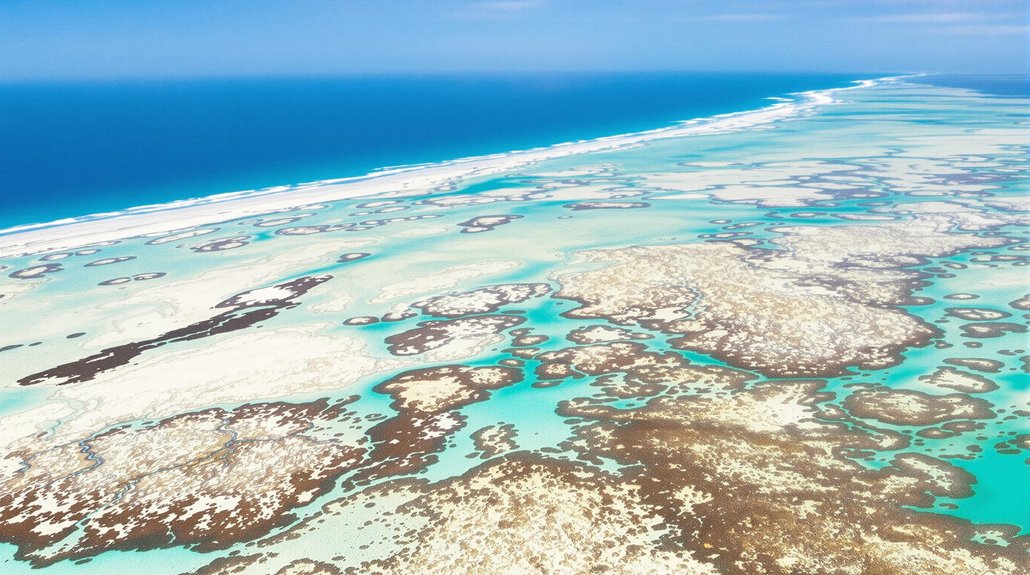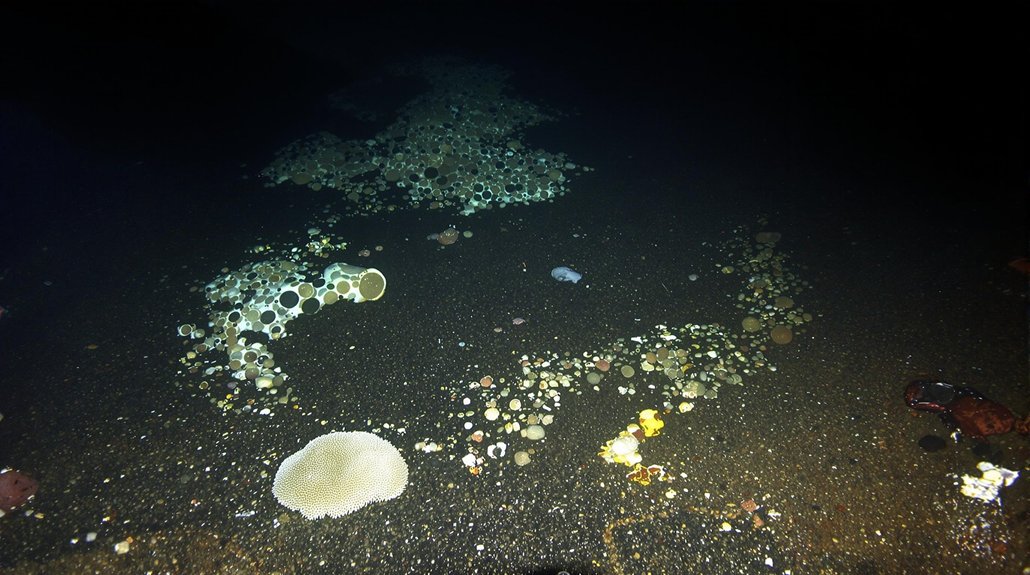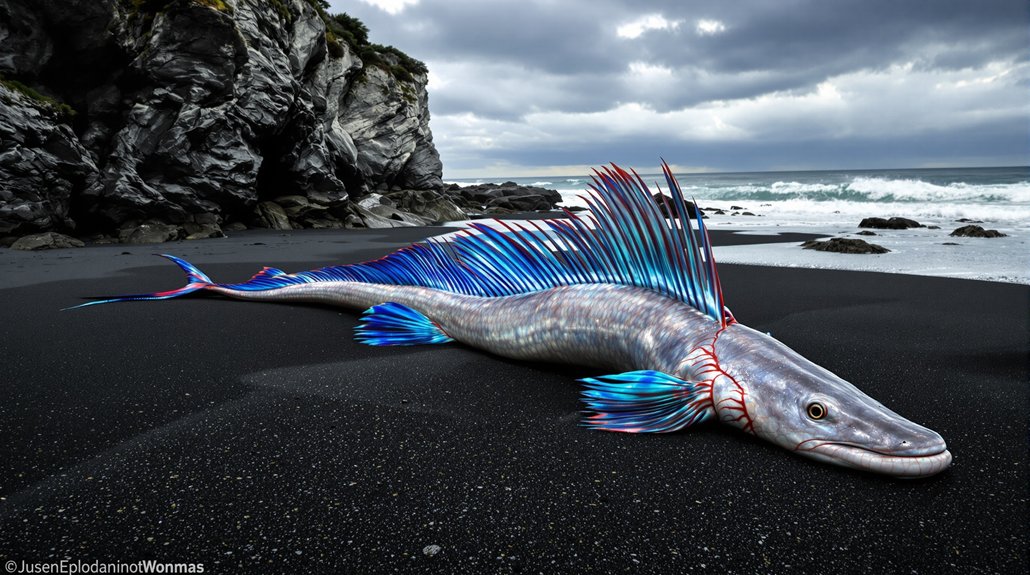Devastation has swept across Western Australia‘s iconic coral reefs in what scientists are calling the most severe bleaching event ever recorded in the state. The crisis spans an unprecedented 1,500 kilometers, affecting multiple reef systems from the Kimberley region to Ningaloo Reef. Scientists have documented bleaching and mortality rates ranging from medium levels (11-30%) to extreme levels exceeding 90% at the hardest-hit sites.
The disaster has been identified as part of the fourth global mass bleaching event announced by NOAA in April 2024. What makes this event particularly alarming is that Western Australian reefs experienced the worst heat stress on record. For the first time ever, Australia’s two World Heritage-listed reefs – the Great Barrier Reef and Ningaloo – suffered simultaneous bleaching.
The 2024-25 marine heatwave has been characterized as the longest, largest, and most intense ever recorded for Western Australia. Heat stress first peaked between December 2024 and January 2025, eased slightly with a late monsoon, then surged again from March to April 2025, finally receding in May.
In some areas, the heatwave persisted for over 30 weeks – approximately double the longest heating period ever recorded at the Great Barrier Reef. Early estimates indicate heat stress exceeded 15 Degree Heating Weeks (DHW) on all surveyed reefs, with some Pilbara reefs experiencing up to 30 DHW. Scientists consider 8 DHW as the threshold for severe coral mortality, a level widely surpassed during this event.
The ecological consequences are severe. Coral mortality exceeding 90% at some sites means major losses of habitat complexity and associated biodiversity. The impact has been particularly devastating for Pocillopora and Acropora coral species across all genera. The WA Coral Bleaching Group, which began monitoring the situation in September 2024, has identified threats to marine life, tourism, and cultural heritage.
The bleaching event has raised serious concerns about recovery trajectories and long-term reef health under conditions of recurrent heat stress. Scientists expect that detailed assessments of the damage will continue for months. Climate change has been identified as the primary driver of this catastrophic event, with urgent calls for stronger protective measures and reduced fossil fuel development.
References
- https://www.downtoearth.org.in/wildlife-biodiversity/western-australia-records-longest-largest-and-most-intense-coral-bleaching-and-mortality-on-record
- https://www.aims.gov.au/information-centre/news-and-stories/worst-bleaching-event-record-wa-coral-reefs-following-long-lasting-and-widespread-marine-heatwave
- https://www.marineconservation.org.au/ningaloo-bleaching-report-response/
- https://greens.org.au/news/media-release/new-report-finds-unprecedented-marine-heatwave-caused-severe-coral-bleaching-and
- https://www.aims.gov.au/information-centre/news-and-stories/great-barrier-reef-more-volatile-sharp-declines-coral-cover








